A key factor for self care, handwriting and math
Although these basic shapes are made up of the same parts, the way in which each part is turned makes a world of difference to their meanings and sounds of each letter. As children learn more about how objects can have different meanings depending upon how they are turned, visual spatial orientation skills help them learn how to form letters, words, and numbers.
Visual Spatial Orientation is the knack of being aware of how objects are turned and how they fit together. For example, in the home this skill helps children learn which hand fits into a glove, or which foot fits into a sneaker.
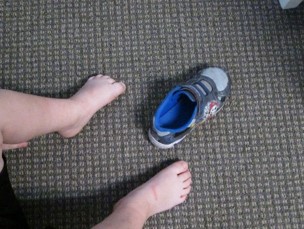
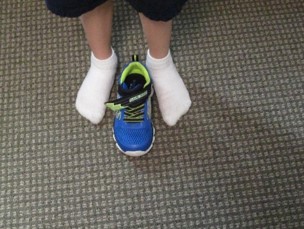
Some of the basic notions of visual spatial orientation include mindfulness of size, shape, and how objects fit together. These notions are important in developing stronger self care, handwriting and math skills.
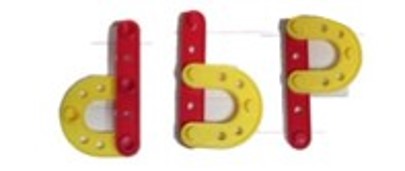
Although these basic shapes are made up of the same parts, the way in which each part is turned makes a world of difference to their meanings and sounds of each letter. As children learn more about how objects can have different meanings depending upon how they are turned, visual spatial orientation skills help them learn how to form letters, words, and numbers.
Later on, in third through sixth grades, visual spatial orientation skills help children deal with math including fractions, equations, and basic expressions used in geometry.
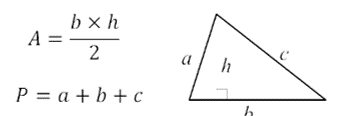
By the time most children reach high school, they are able to use mental skills to understand and picture for themselves how images relate and fit together. At this stage, they no longer require a library of manipulatives, but can mentally rotate and manage images independently.
When children have Sensory Processing Disorders however, they often have trouble realizing how objects should be turned in order to fit together. Children with SPD regularly struggle with use of spatial terms to describe how objects are positioned and exactly where objects are located. Therefore, because these skills ae not well developed, handwriting and math skills tend to lag behind those of their peers.
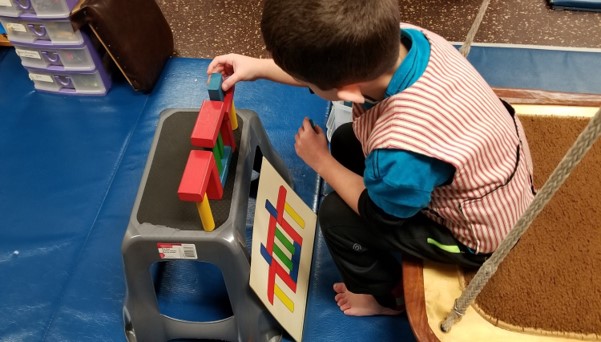
When playing preschool games such as “hokey pokey”, words that include terms of visual spatial orientation such as “put your right hand in” are commonly used.
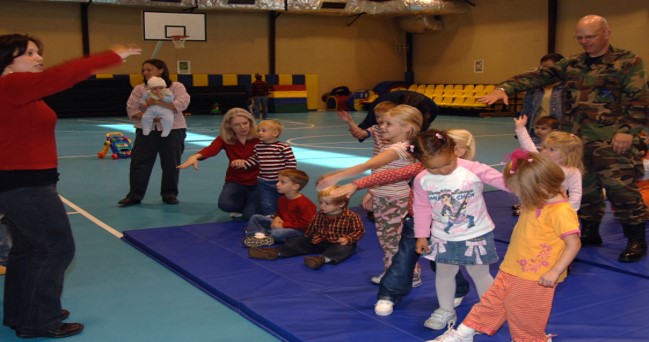
Visual spatial orientation is a skill needed for success in social as well as academic areas of life.

Words and phrases such as “under”, on top of”, or even “at the side of” are frequently used to describe how numbers and letter shapes can placed and grouped. Letters that descend “below the line” as well as those that touch the “top of the line” incorporate use of visual spatial orientation. Meanwhile math operations such as multiplication, division, and even writing fractions are based upon how numbers are arranged.
Appreciation of the physical properties of objects is generally supported by use of manipulatives during early childhood and elementary school years. This strategy helps children develop a better understanding of the physical properties of objects. These features can then be translated into mental images, given names and labels, thereby supporting the language base of visual spatial orientation skills.
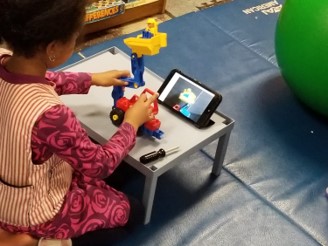
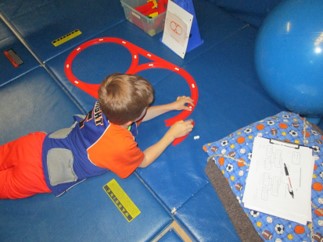
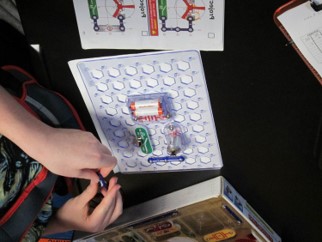
Occupational Therapists work with parents and teachers to introduce concepts of visual spatial orientation to children through use of specialized toys, manipulatives, learning games, and equipment. These concepts can then be more easily carried over into self care, handwriting, and math skills.
For further suggestions, check out the following:
- our blog “Understanding Directions”
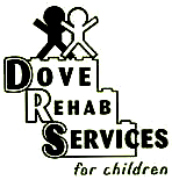
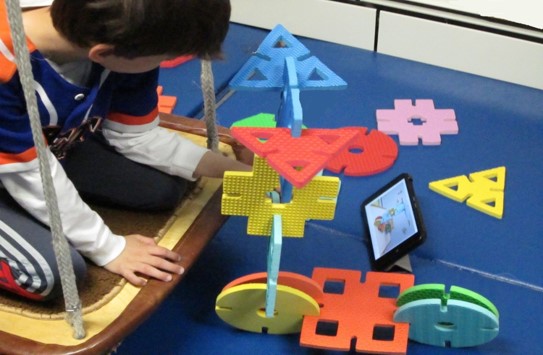
2 Responses to “Visual Spatial Orientation”